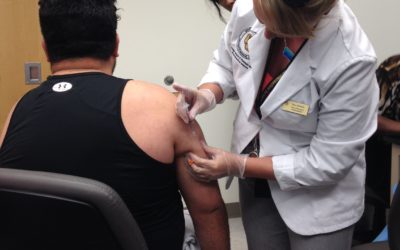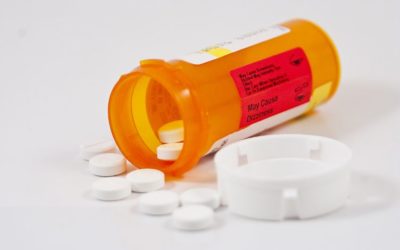Vitamin D deficiency affects approximately 41% of Americans. Vitamin D is essential for bone health. Therefore this is a concern. Vitamin D deficiency can result in adult-onset osteoporosis and childhood-onset rickets. Vitamin D’s impact on other health issues, such as heart disease and cancer, has been researched as well. Here are some sources of Vitamin D and information about how much Vitamin D is needed daily.
What Is Vitamin D
Vitamin D (also known as “calciferol”) is a fat-soluble vitamin that is found naturally in a few foods, supplemented in others, and sold as a dietary supplement. When UV rays from the sun strike the skin and cause vitamin D production, it is also created endogenously. Some of the foods that contain Vitamin D include:
- Egg yolks
- Salmon
- Sardines
- Mackerel
- Red meat
- Liver
- Fortified Foods
- Mushrooms
Vitamin D aids calcium absorption in the gut and keeps serum calcium and phosphate levels in check, allowing proper bone mineralization and preventing hypocalcemic tetany. Osteoblasts and osteoclasts require it for bone development and remodeling.
Many things influence how much Vitamin D your skin produces and how much Vitamin D is needed daily, including the time of day, season, latitude, and skin color. Vitamin D production may decline or disappear entirely during the winter months, depending on where you live and how you live. While sunscreen is helpful for preventing skin cancer, it can also inhibit vitamin D development.
How Much Should I Supplement?
How much Vitamin D is needed daily differs from person to person and the amount of time you spend outdoors. Sunlight is the best source of Vitamin D, but if say you work the night shift or are elderly, Supplementing can help you reach the recommended daily dose.
Taking a vitamin D-fortified multivitamin may assist in promoting bone health. Vitamin D intake should be 400 international units (IU) for children under the age of one year, 600 IU for persons between the ages of one and seventy, and 800 IU for those beyond seventy.
In rare situations, taking a vitamin D supplement with too much vitamin D might be hazardous. It can cause hypercalcemia, a condition in which the blood has too much calcium, which can cause deposits in the arteries or soft tissues. It may also put women at risk for painful kidney stones.
With certain drugs like Orlistat, statins, steroids, and Thiazide diuretics, taking significant amounts of vitamin D foods or supplements may pose some dangers. If you’re on any of these medications and want to boost your vitamin D intake, talk to your doctor first.
Find The Lowest Prices On Supplements!
Use the Easy Drug Card price finder to locate the lowest prices for medications and supplements in your area. Easy Drug Card makes it free and simple to get discounts at over 65,000 pharmacies nationwide. To learn more about how we can help you find and compare prices at your local pharmacies and to receive your discount prescription drug card instantly, visit our website!
Resources:
“Vitamin D” Mayo Clinic, 7 July 2021, https://www.mayoclinic.org/drugs-supplements-vitamin-d/art-20363792
“Vitamin D Screening and Supplementation in Primary Care: Time to Curb Our Enthusiasm” American Family Physician, 7 July 2021, https://www.aafp.org/afp/2018/0215/p226.html
“Taking too much vitamin D can cloud its benefits and create health risks” Harvard Health Publishing, 7 July 2021, https://www.health.harvard.edu/staying-healthy/taking-too-much-vitamin-d-can-cloud-its-benefits-and-create-health-risks
“Recognition and Management of Vitamin D Deficiency” American Family Physician, 7 July 2021, https://www.aafp.org/afp/2009/1015/p841.html












